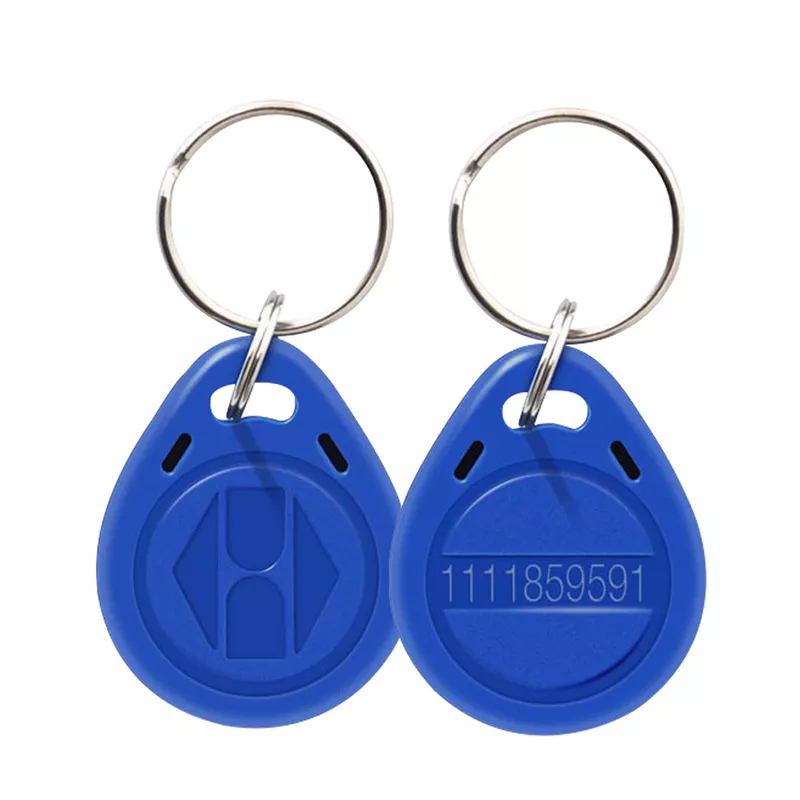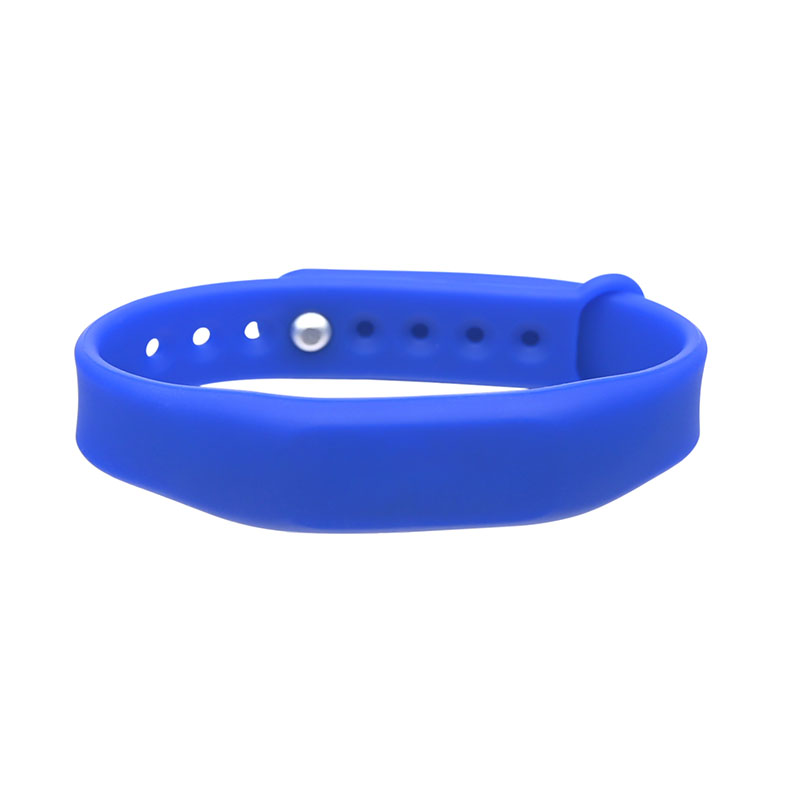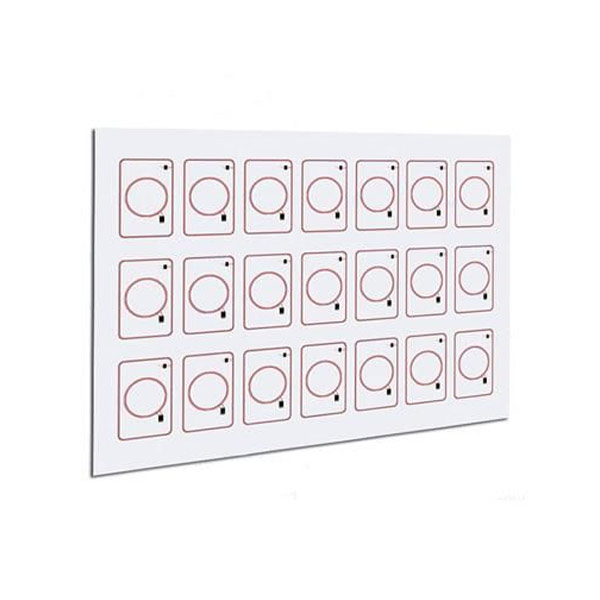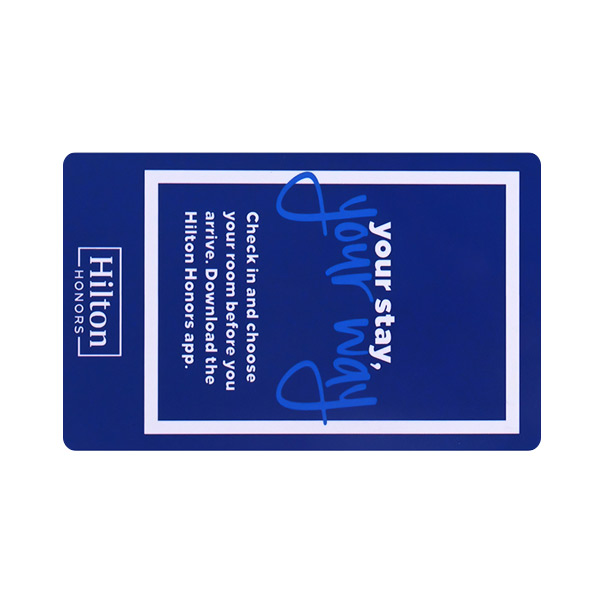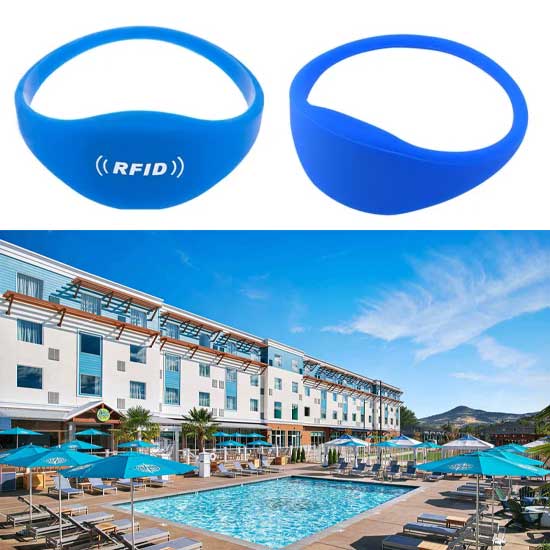
Customer Behavior Info
With the use of Radio Frequency Identification, hotels can have access to a lot of valuable information about the behaviour of guests. This includes statistics on rooms and facilities that are used more frequently, as well as purchasing behaviour in certain cases.
Waterproof
Due to the lack of an exposed card slot, RFID locks are mostly waterproof, which is ideal for areas that are in close proximity to a hotel swimming pool for example. RFID wristbands can be worn while swimming and can withstand extended exposure to liquids.
Ease of Use
While many guests might struggle with traditional locks or key locks, RFID hotel key cards are easily accessible and can be stored in wallets and purses. Many elderly customers and people with visual impairment can use RFID locks without worrying about fumbling for keys or turning potentially stiff locks with weaker or injured hands.
Multi-use
RFID cards can be programmed and reprogrammed as many times as required. This is ideal if your security requirements frequently change or if you employ new workers who need access to different areas of your premises.
100% Secure Access
Non-transferable, custom RFID wristbands prevent unauthorized access and eradicate the possibility of duplication.
Increased Revenues
RFID provides convenient purchasing power by reducing transaction time, resource, and cost associated with cash handling.
Why they choose RFID Wristbands For Hotels as an information transmission tool in the hotel?
The best hotels in the world are using RFID wristbands to improve their overall guest experience. While many hotels use an RFID bracelet as both a room key and for cashless purchases across the hotel or resort property. But many other resorts and high privacy hotels issue an RFID wristband to allow for access to private beaches and changing rooms, for controlled access to VIP areas and club floors and also for making purchases at the pool bar, the lounge, and even the gift shops.
Hotel RFID cards work through the use of radio frequency identification (RFID) technology. Each RFID card is encoded with a unique identifier or serial number. This information is typically stored on a microchip embedded within the card. The hotel's door lock system is equipped with a card reader that can communicate with the RFID cards. The reader contains an antenna that emits a radio frequency signal.
When an RFID card is placed near the card reader, the reader's antenna emits a radio frequency signal, powering up the microchip in the card. The RFID card's microchip uses the energy from the radio frequency signal to send back the unique identifier stored on the card. The card reader receives the identifier from the RFID card and checks it against the authorized access list stored in the hotel's database. If the identifier matches an authorized guest, access to the designated areas (such as hotel rooms or facilities) is granted by activating the door lock mechanism.


